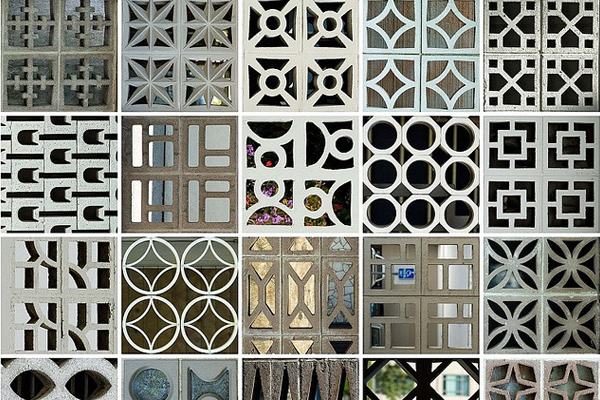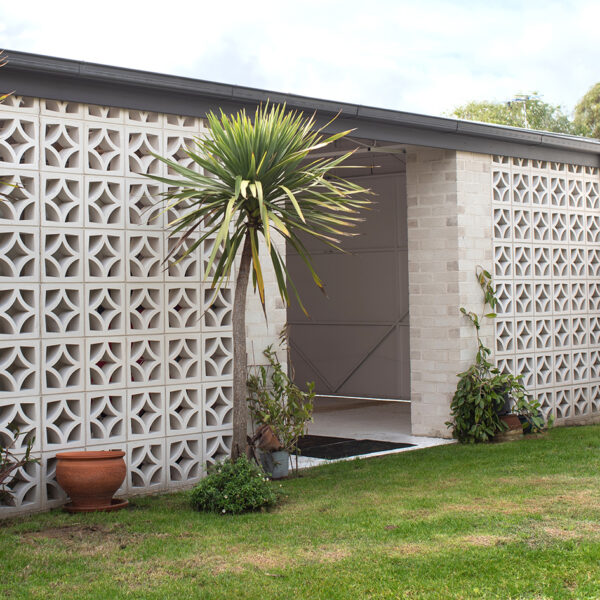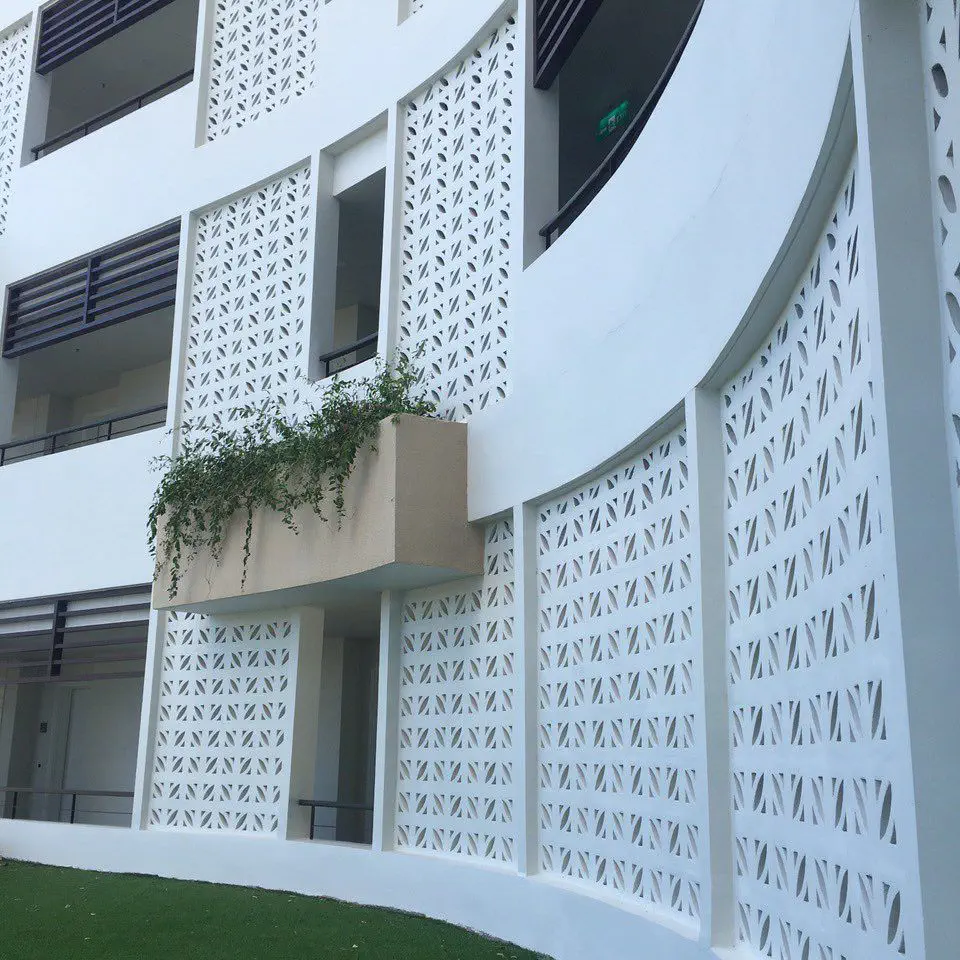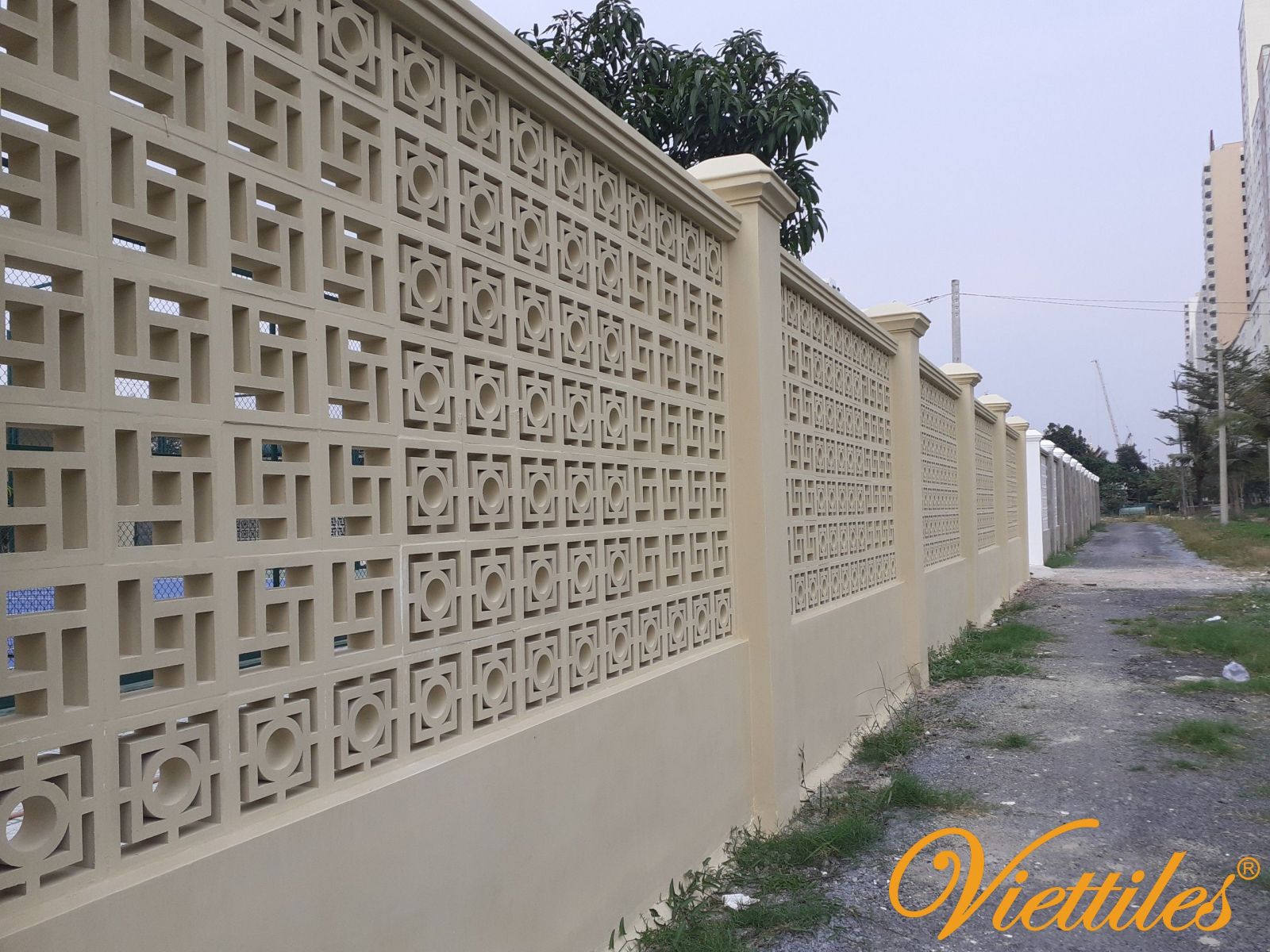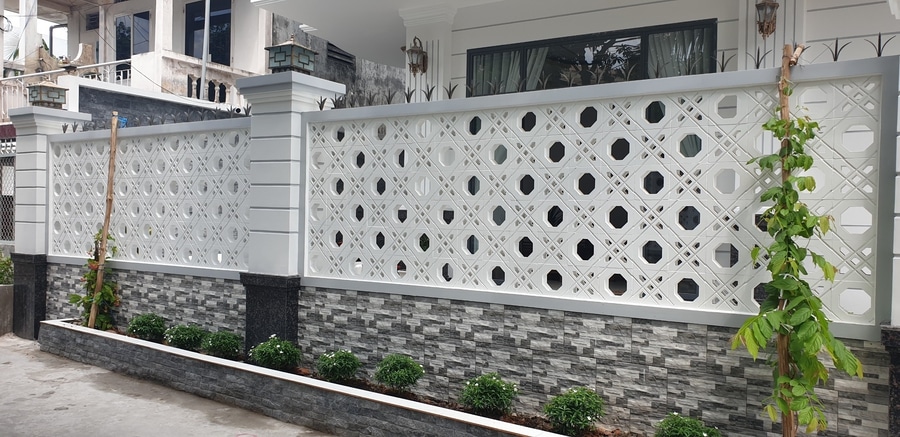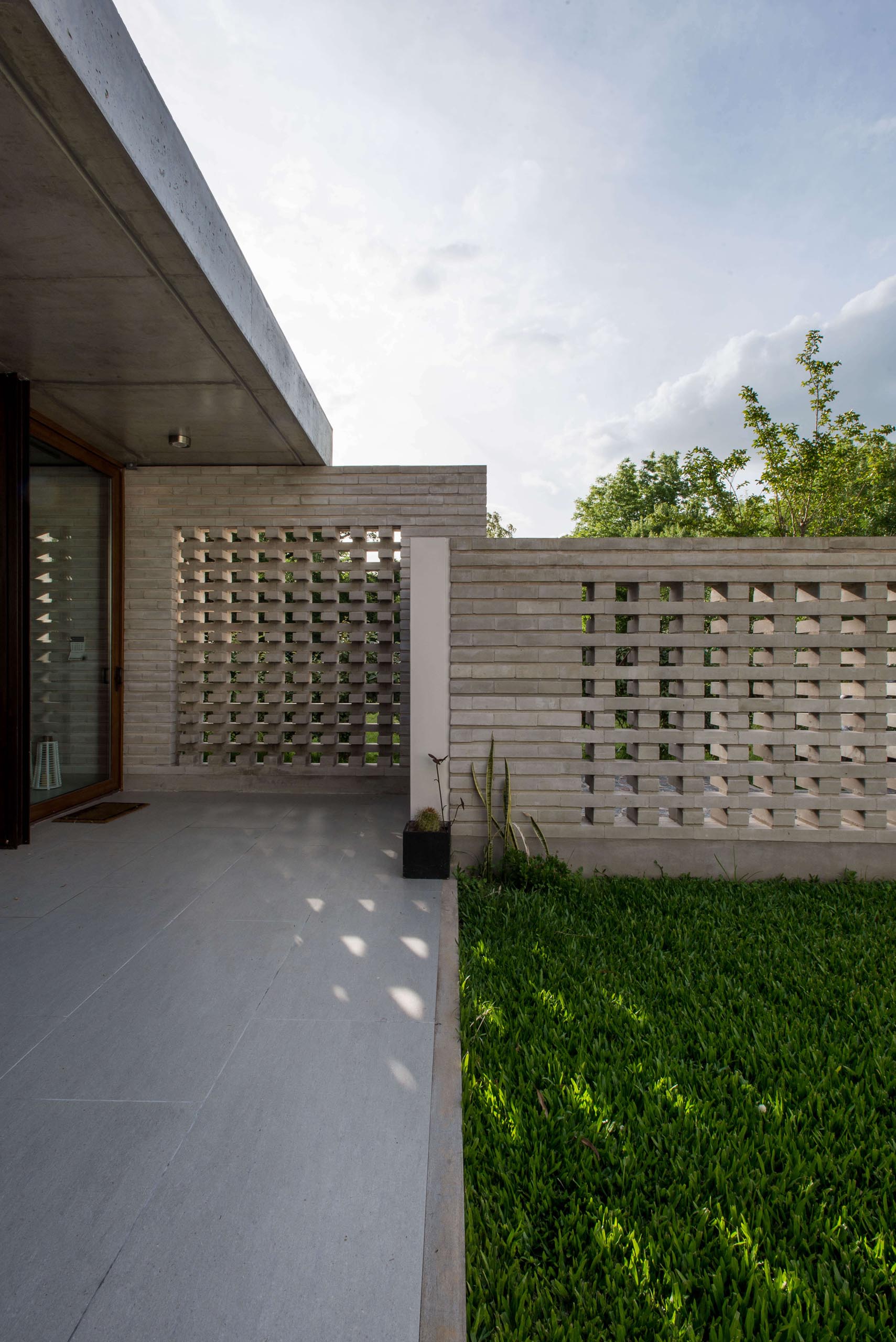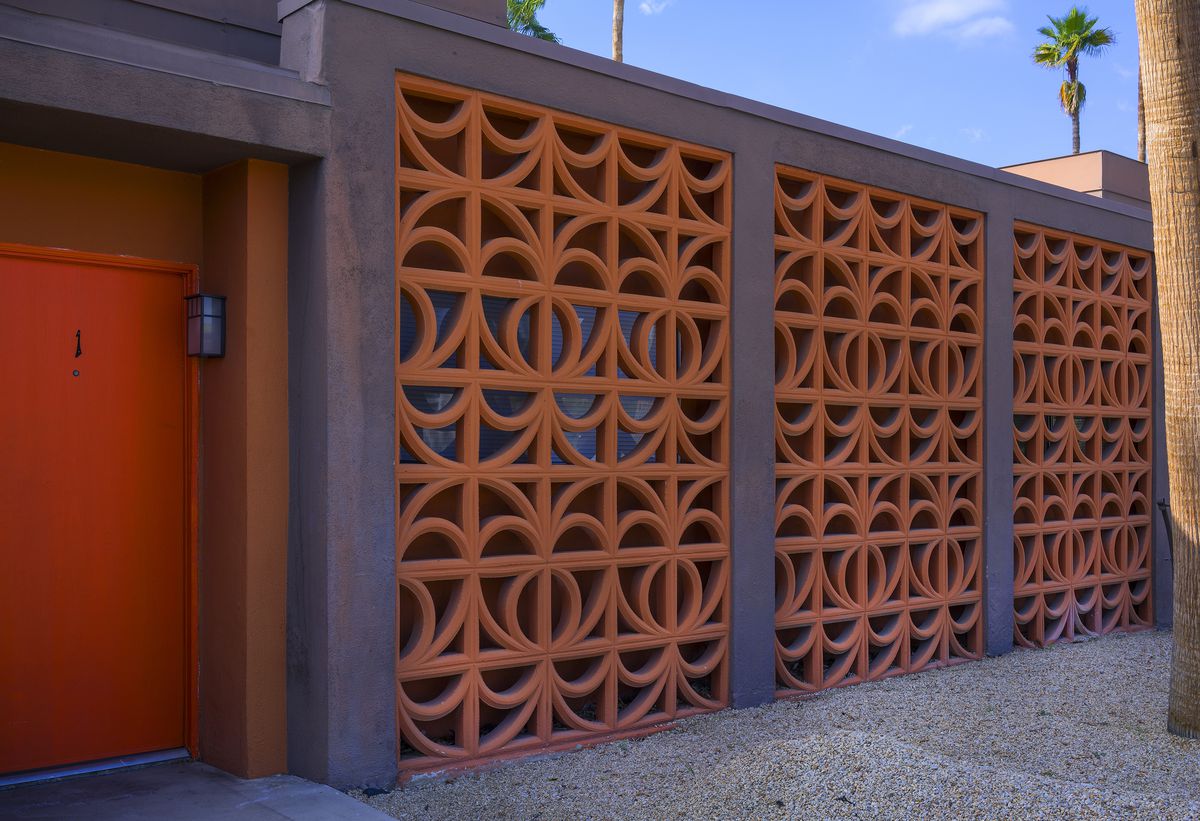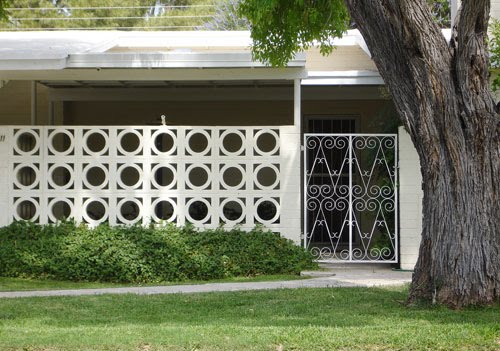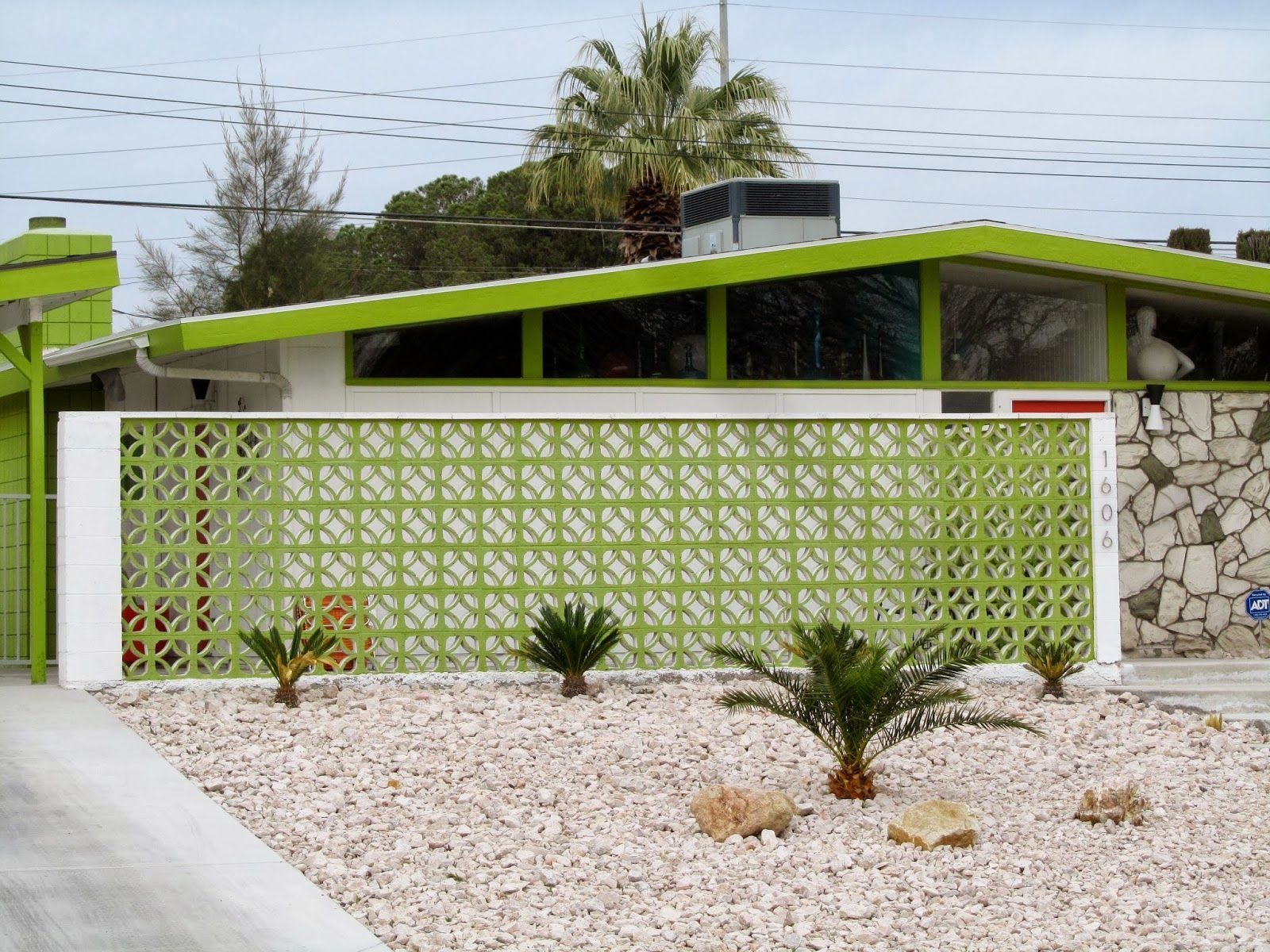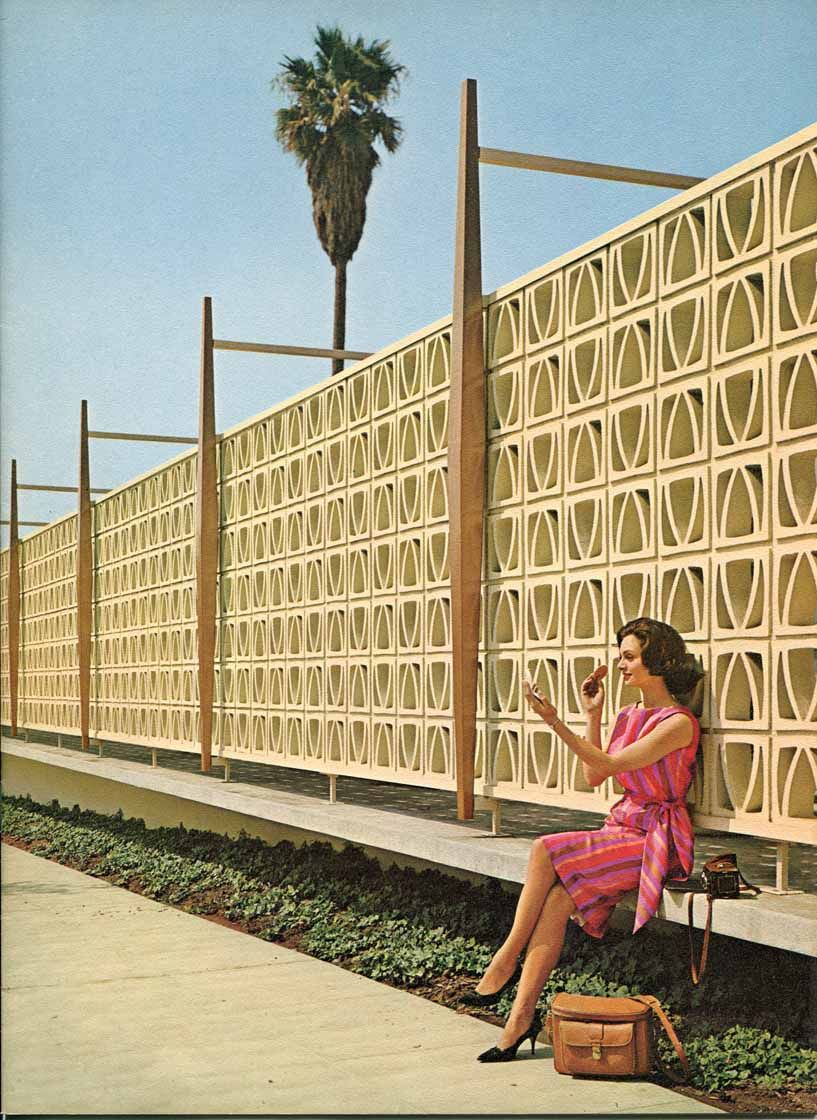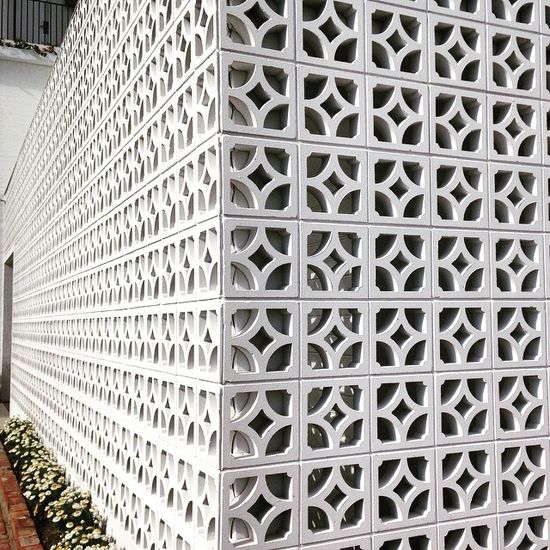Gurmeet Singh
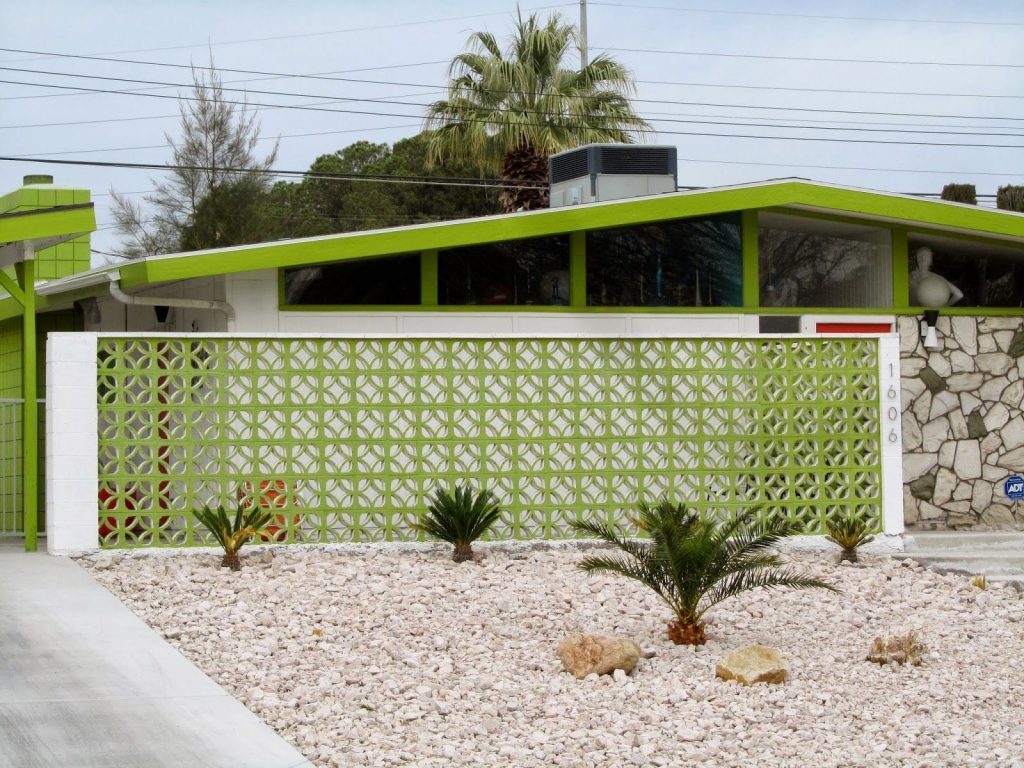
Breez Blocks…Now again in Practice
The Blocks of various shapes and Sizes were used in mid 19th Century. These blocks mostly in shape of RCC Concrete Jali were being used to increase ventilation, aesthetic feel and lowering the cost and weight on structures. In Urban Context now these are light weight cinder blocks,AAC Blocks and Other lightweight materials are again becoming the Attraction to construct Boundary wall, Screen,Facad,Internal Walls, Tourists Place,Garden,Green Area Development specially in Urban Context.
The Blocks of various shapes and Sizes were used in mid 19th Century. These blocks mostly in shape of RCC Concrete Jali were being used to increase ventilation, aesthetic feel and lowering the cost and weight on structures. In Urban Context now these are light weight cinder blocks,AAC Blocks and Other lightweight materials are again becoming the Attraction to construct Boundary wall, Screen,Facad,Internal Walls, Tourists Place,Garden,Green Area Devlopments,Bus Stops,Public Amenities and Various Public Infrastructure due to Economic, Lightweight and beautiful aesthetic feel.These blocks are being used in Flooring of Open spaces,Garden,SideWalk, along Street Furniture and many more. There is no limit to adopt these beautiful Breeze Blocks.
Now Urban Engineers,Architects and Managers should focus to adopt it’s various varieties in Various Works to improve Ventilation, Aesthetic scence and lowering the cost of Work. Waste Material generated in Urban Area can be adopted as raw materials to develop these blocks by Ulb’s on large scale neither only handle the Waste disposal but will be helpful to extend the benifit for various Infrastructure improvement. There is a need to Design and Develop a centre to Construct the Breeze block by ULB’S itself at the institution level. Participation of NGO and Other PPP partner can be incorporated to Improve the Effective and efficient working. Hear are some shapes of Breez Blocks along the Demonstration of its Use. A Research wing can also be associated with this Concept to form a several types of blocks with Waste and Local Cheap Materials.
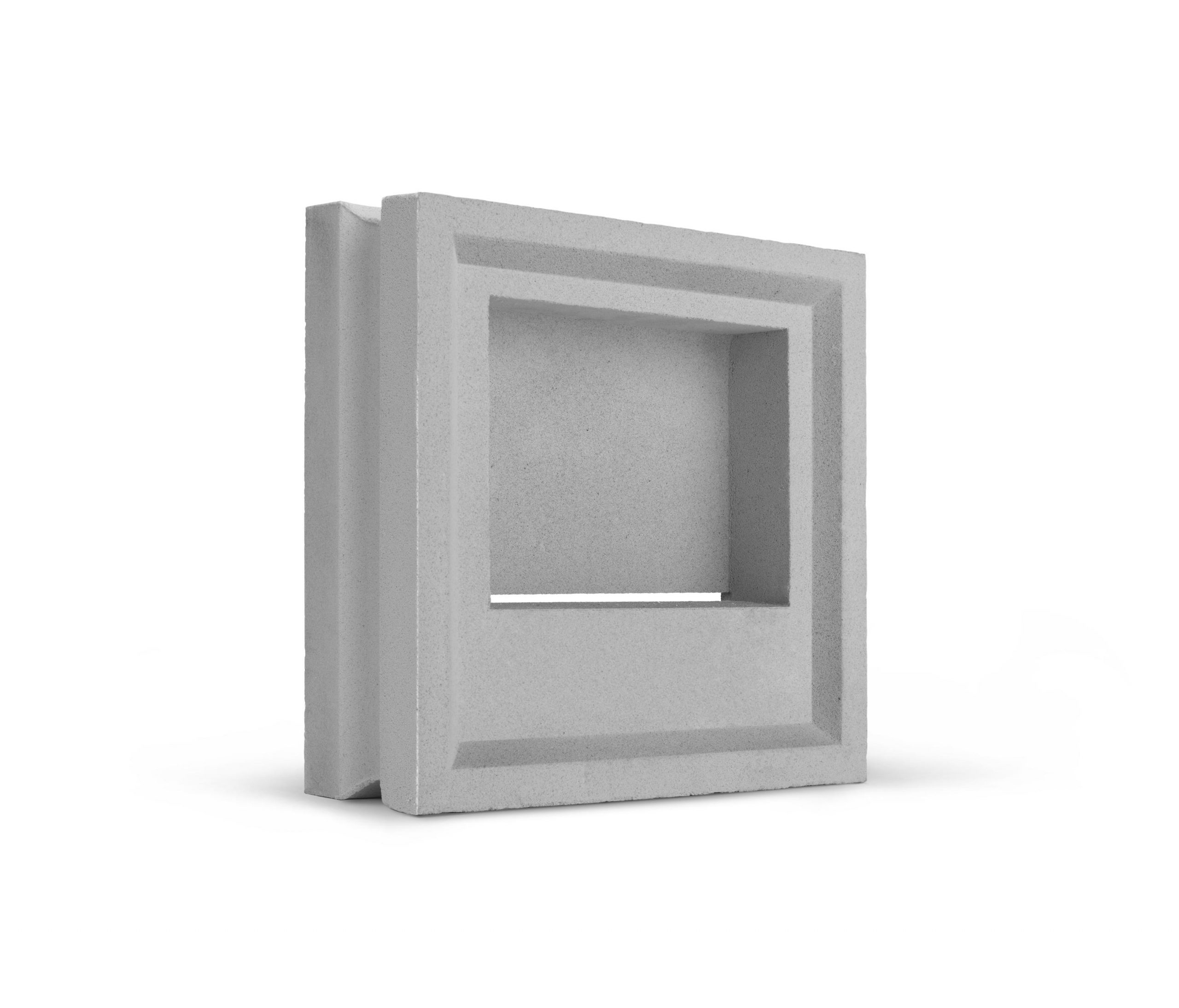
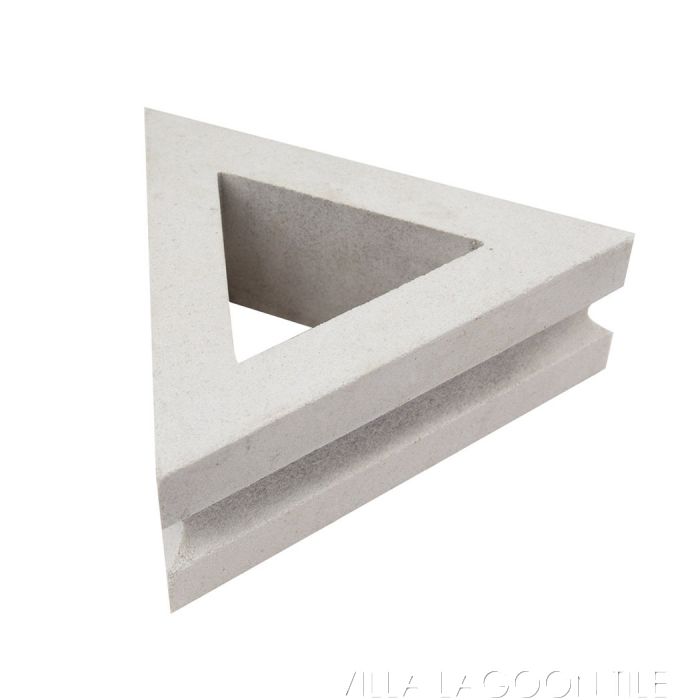
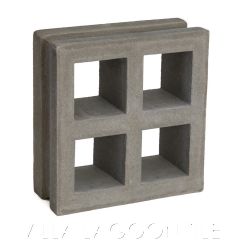
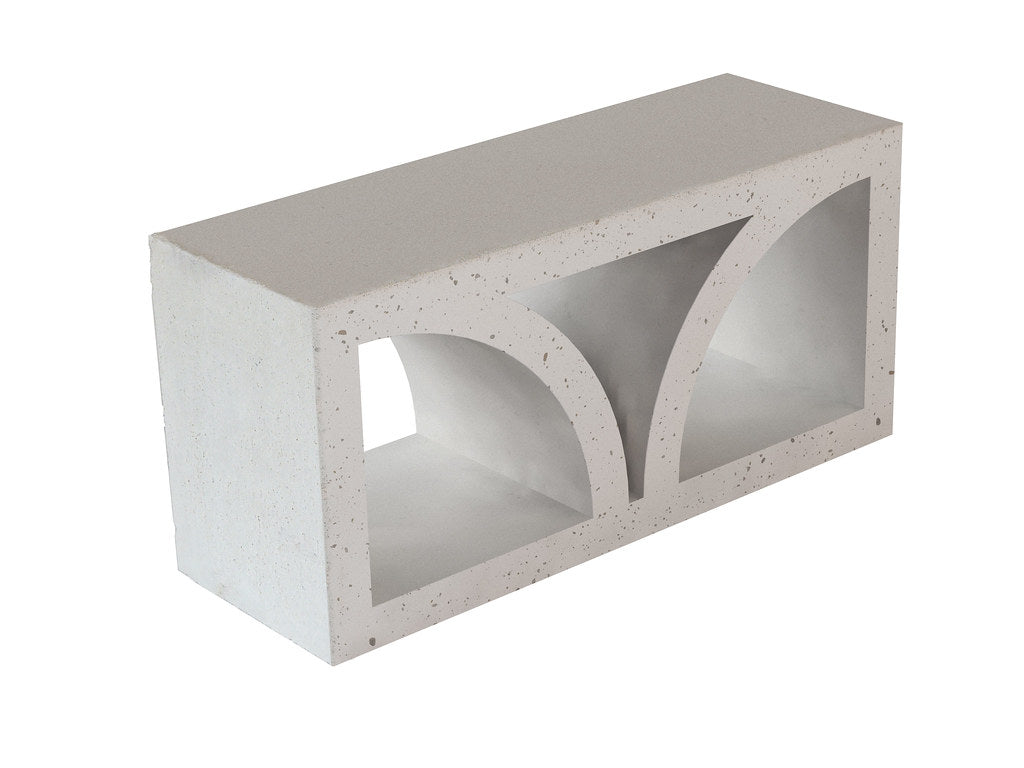
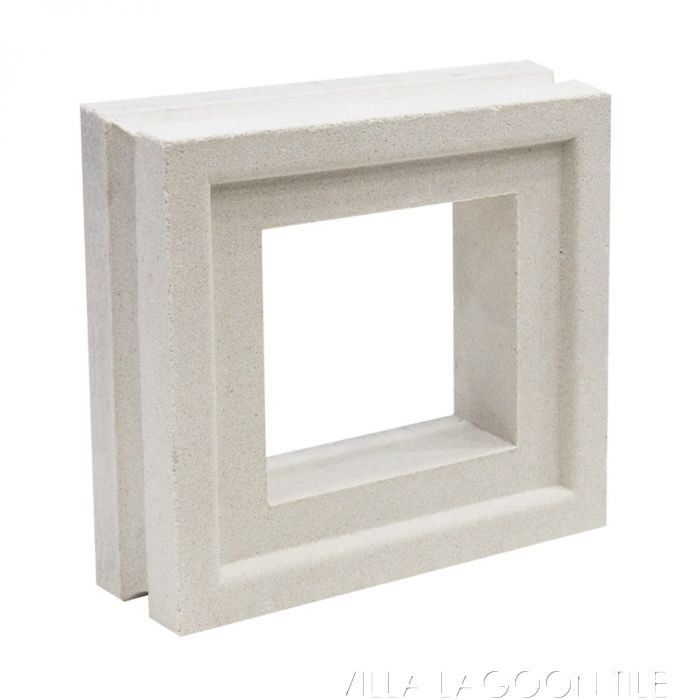
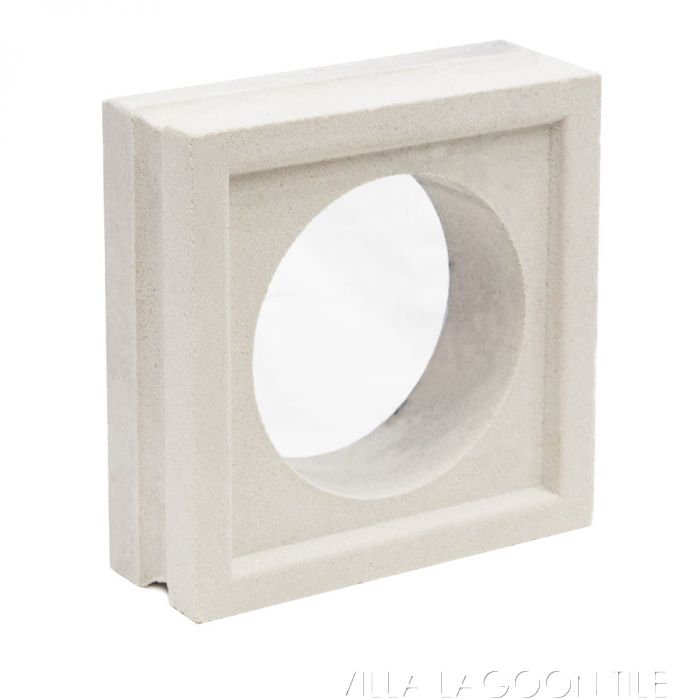
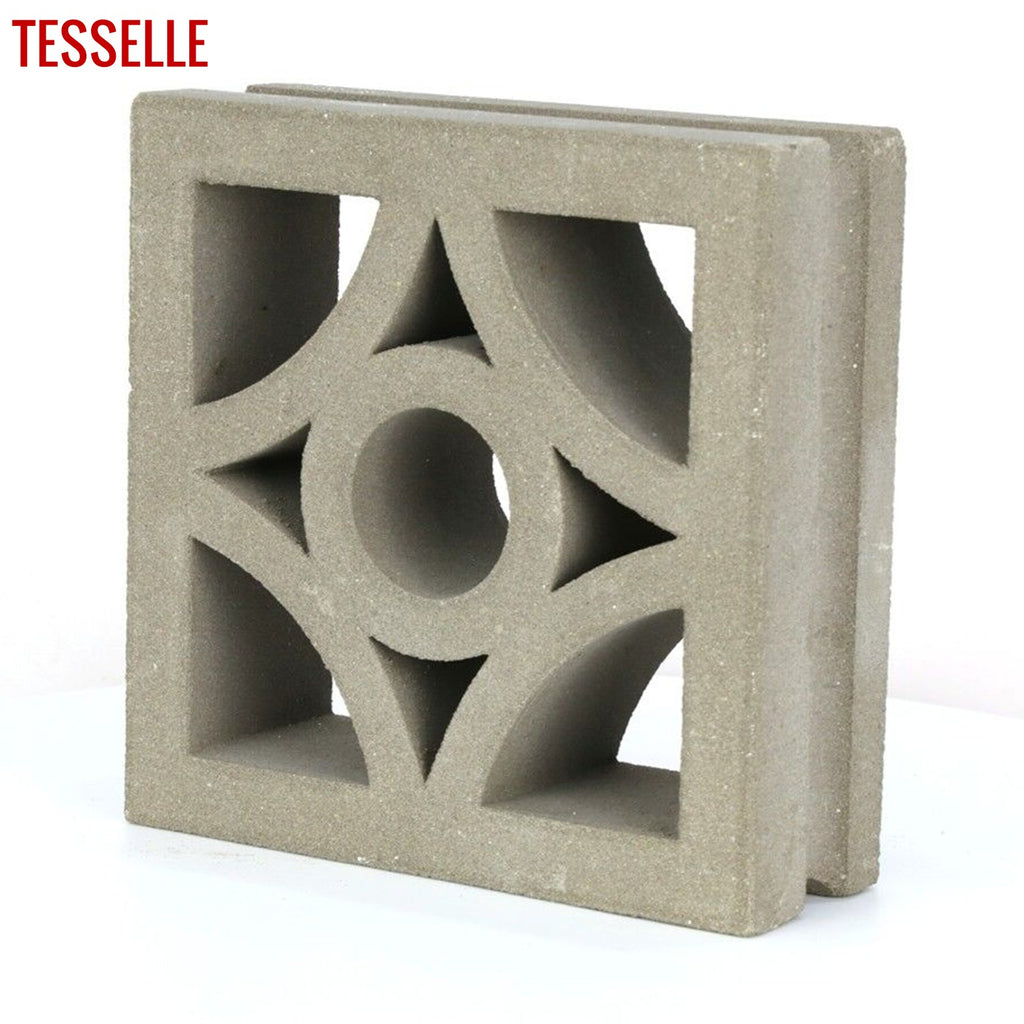
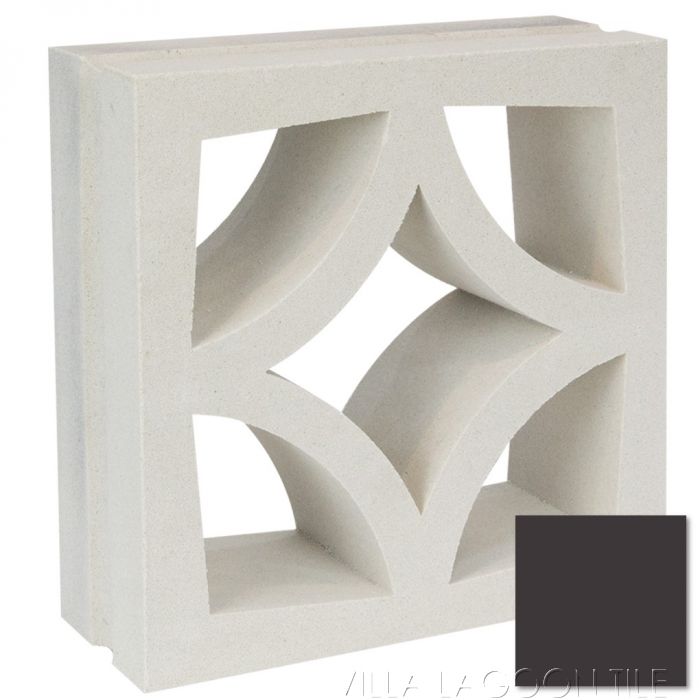
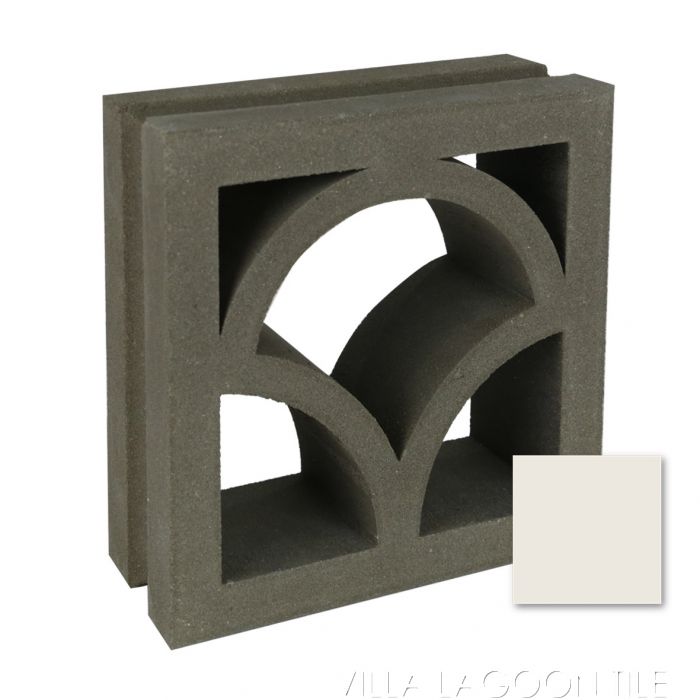
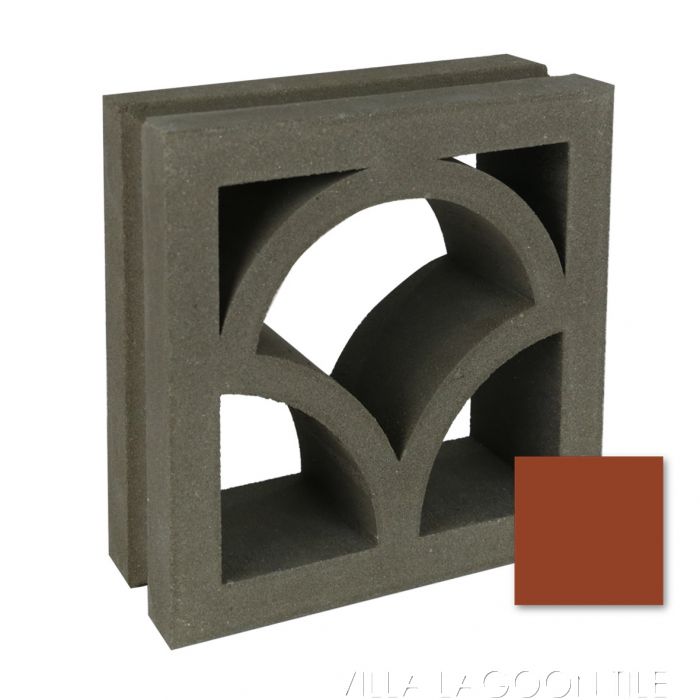
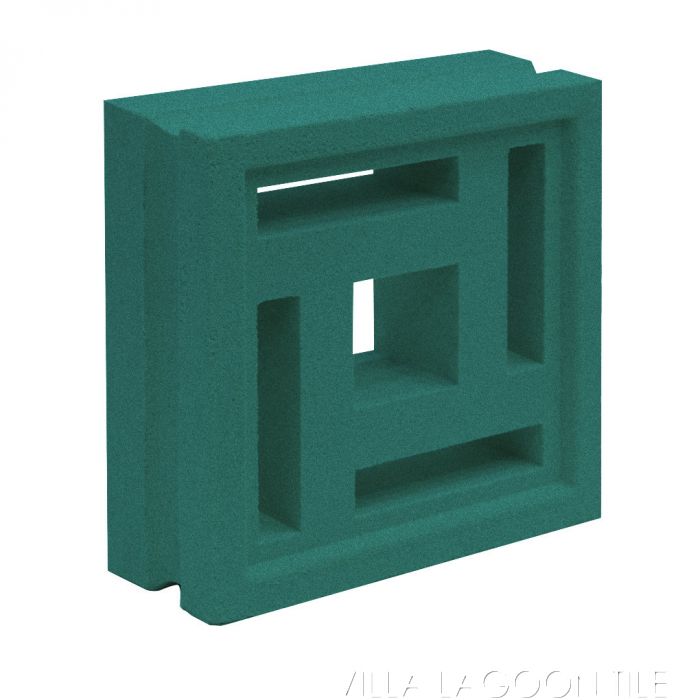
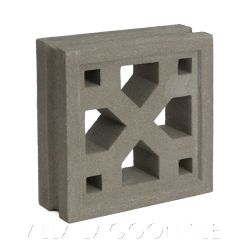
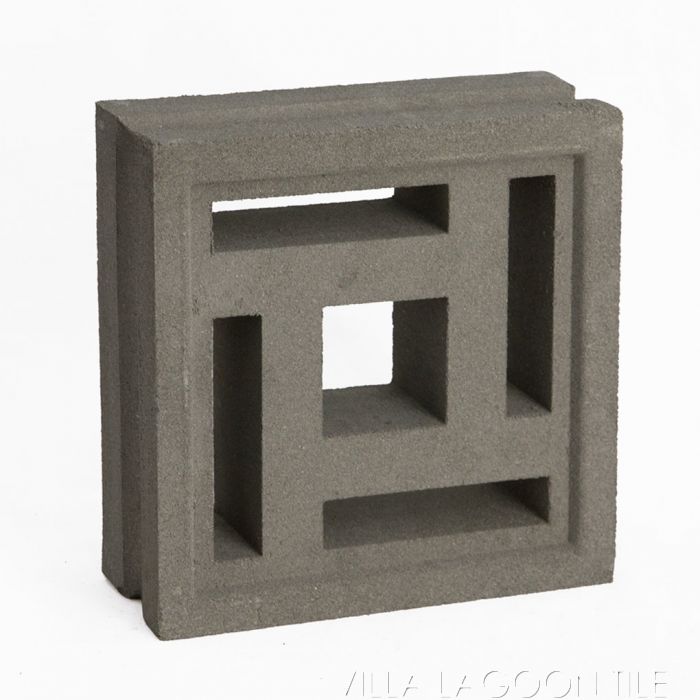
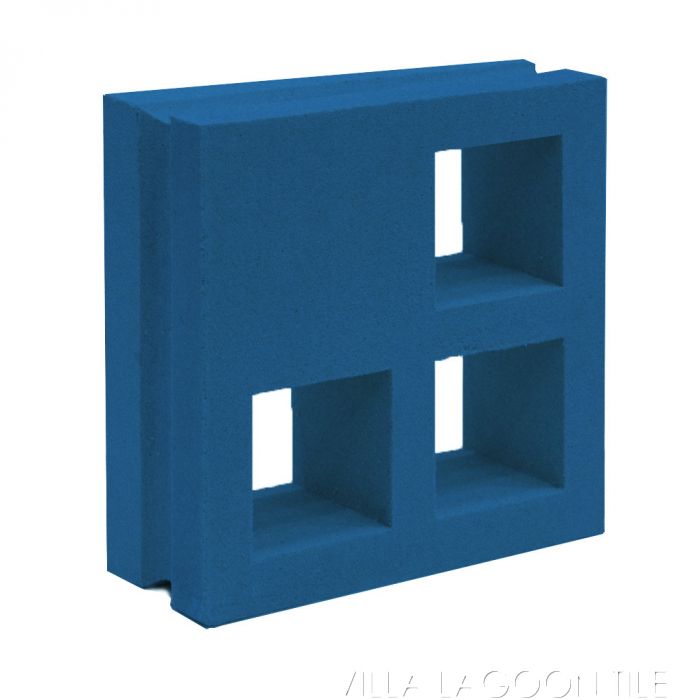
Breez Blocks and History
Breez block are the patterned concrete blocks you may have seen covering the sides of a building or stacked upon each other to form a wall. But these fascinating blocks are more than just decorative- they’re an important component of Mid Century Modern design. Breeze blocks provide shade, circulation, protection and privacy to buildings all over the world, and they’ve got the rich history and style to prove it.
Breeze Blocks’ History Mid century modern home Breeze blocks–sometimes called screen blocks– were inspired by sun-reducing screens in Asia and first used in America in the 1930s. They continued to grow in popularity in the following decades, especially when used in houses and apartments. They were widely used in Mid Century Modern design up until the 1970s, when they began to fall out of style.
In fact, breeze blocks became so popular that most large cities and towns had their own breeze block factories. Because of their weight and the cost involved with shipping them long distances, it was often cheaper to manufacture them locally. Local breeze block factories produced standard patterns, like the common snowflake one, while making unique patterns that were specific to the factory too. It’s estimated that there are over 200 different breeze block patterns today.
In fact, breeze blocks have started to move from an exterior feature to an interior accent. Today, you can find them in kitchens or against walls as fun retro décor. They’re great for providing partitions where space can clearly be divided without the unnecessary structural presence of a wall.

